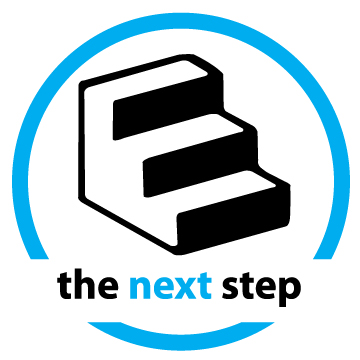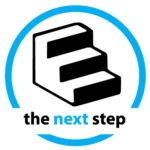9 Things Top Consultants Do In Meetings

The majority of consultants spend the workweek trying to engage clients through email and phone calls. So when they finally have the chance for a face-to-face conversation, here are the things the best consultants do to make every meeting a success.
Increase Morale
Engagement and collaboration provide colleagues with a sense of purpose. According to Dan Cable’s article in the Harvard Business Review, people are more engaged, innovative, and productive when they feel a sense of meaning in their work.
Encourage Better Decisions
Decisions are best made using a broad perspective. Effective consultants promote better decision-making by involving the entire team’s collective intelligence rather than relying on one person’s perspective. Each team member can contribute to decisions by offering unique, valuable information and views to the group.
Improve Focus and Productivity
Consultants know that effective, engaging meetings are also a great opportunity to increase knowledge through information-sharing and promote self-growth in team members. They are also an opportunity to provide motivation towards the end goal.
Plan and Prepare
Perhaps the most important value-add of Consultants who lead effective meetings is preparation. Before meetings, they set up an agenda. Knowing exactly what will be covered in the meeting helps determine how much time should be allotted for the whole meeting, as well as how much time each participant has to contribute. They determine exactly what should be achieved with the meeting. Is the client looking to make decisions, provide feedback, or share information? Knowing what the client wants to accomplish and staying on topic will keep your meeting organized and productive. They prepare the technical aspect, incorporating technology tools like projectors, slide sharing software, or a note taking apps. Consultants make sure that each system is set up and working properly before a meeting starts. This way, they won’t have to take time out of a client meeting to troubleshoot.
Make a Clear Agenda
For everyone to remain focused on the agenda, they need to know exactly what it is. In Adam Bryant’s article in the New York Times Business section, he suggests summarizing the meeting’s agenda either on a handout, written on a whiteboard or by explicitly announcing it at the beginning of your meeting. When everyone is clear about the meeting’s agenda, there is less likelihood of getting side-tracked and wasting time.
Stay on Track
During the meeting, it is crucial to stay focused on the objective. Having a clear agenda and sticking to it is essential. Meetings tend to veer off track, but keeping your goal in mind and making sure to direct everyone back to it will help keep you and your team members from getting side-tracked. A good way to avoid off-topic tangents and remain focused is to keep a list of off-topic questions and comments as they arise that can be discussed outside of the meeting. Let team members know that everything on the list will be addressed individually or at another meeting.
Assign a Note Taker
As the team leader, it is important to either take minutes yourself or assign a minute taker to record everything that is covered at the meeting. The meeting minutes are a record of all the important points that were discussed to refer to later.
Summary and Recap
Towards the end of the meeting, let everyone know that it’s almost time to wrap up and summarize what has been covered so that everyone leaves with a clear idea about the decisions made and any new responsibilities going forward. After the meeting, send a write-up of the minutes to all the attendees as a reference.


